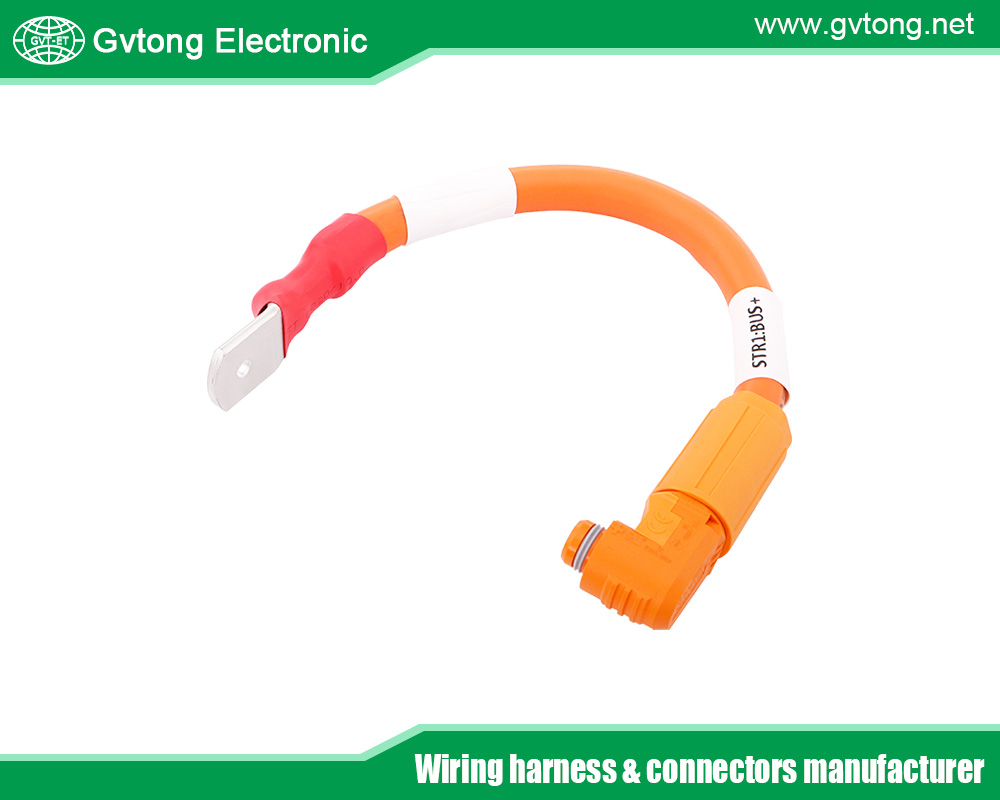Blogs & News
We are focus on automotive wiring harness & connectors technology.
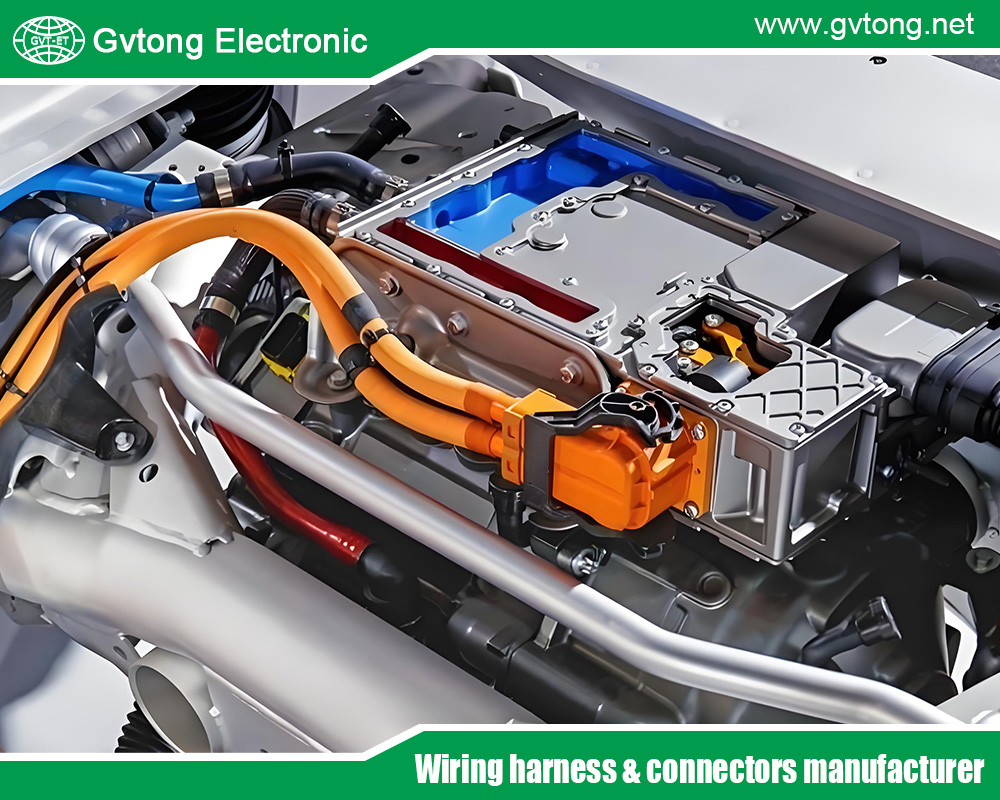
Comprehensive Analysis of the Differences and Connections Between 3-Cavity Connectors and Other Types of Connectors
- Gvtong Electronic
- 3-cavity connectors, 3-cavity connectors manufacturer, 3-cavity connectors supplier, automotive antenna connector, automotive coaxial connector, automotive data connector, automotive diagnostic connector, automotive electrical connector, automotive electrical connectors factory, automotive electrical connectors kit, Automotive Electrical Connectors Manufacturer In Thailand, automotive electrical connectors waterproof, automotive high - frequency, Automotive high - frequency connector, automotive High voltage connector, automotive hybrid connector, automotive Low voltage connector, automotive Oil-resistant Connectors, automotive optical fiber connector, automotive power distribution, Automotive power distribution connector, automotive Signal Connector, Automotive temperature - resistant connector, automotive vibration - resistant, Automotive vibration - resistant connector, automotive waterproof connectors, best 3-cavity connector China, repair automotive electrical connectors
- No Comments
Comprehensive Analysis of the Differences and Connections Between 3-Cavity Connectors and Other Types of Connectors
In the vast landscape of electronic devices, connectors play a pivotal role as critical components that link two active devices and transmit electrical current or signals. With the rapid advancement of technology, the types of connectors have become increasingly diverse, and 3-cavity connectors stand out as a category with unique performance and application scenarios. A deep understanding of the differences and connections between 3-cavity connectors and other types of connectors is of great significance for the design, manufacturing, and maintenance of electronic devices.
Overview of Connector Classification
Connectors can be classified in various ways, with common dimensions including frequency, shape, purpose, electrical requirements, and environmental conditions. By frequency, there are low-frequency connectors (transmitting signals below 100 MHz), high-frequency connectors (operating above 100 MHz), and hybrid low-high frequency connectors containing both low-frequency and high-frequency contact pairs. In terms of shape, circular connectors and rectangular connectors are the most common, along with bar connectors and D-type connectors. According to their purposes, connectors can be divided into printed circuit board (PCB) connectors, cabinet connectors, audio equipment connectors, power connectors, and special-purpose connectors. Different classification methods help us understand the diversity of connectors from multiple perspectives.
Unique Structure and Working Principle of 3-Cavity Connectors
3-cavity connectors typically feature a unique structural design to meet specific functional requirements. For example, a three-cavity connector used in bladder irrigation consists of a connector body with three interconnected tubes: a first connecting tube, a second connecting tube, and a third connecting tube, forming a Y-shaped three-way structure. The end of the first connecting tube is equipped with a connecting sleeve that can be detachably connected to the drug filter of an infusion set, facilitating the access of irrigation fluid. The end of the second connecting tube has a first connector with a conical structure, which can be directly and detachably connected to existing urinary catheters. The third connecting tube is detachably connected to a drainage bag connector for discharging the irrigated fluid. This structural design enables quick assembly and disassembly without altering the structures of the drainage bag, urinary catheter, or infusion bag, giving the device higher versatility and a broader application range.
In terms of working principles, 3-cavity connectors ensure that different functional fluids (such as irrigation fluid and urine) can flow in independent channels through clever pipeline layouts, avoiding mutual interference and ensuring the safety and effectiveness of medical operations. Meanwhile, the detachable design allows for convenient replacement of individual components as needed, improving equipment efficiency and maintenance convenience.
Differences from Other Common Connector Types
1. Comparison with Circular and Rectangular Connectors
Circular and rectangular connectors are common types classified by shape. Circular connectors typically offer excellent sealing and vibration resistance, making them suitable for high-environmental-demand scenarios such as aerospace and military equipment. They have a compact structure and reliable connections, usually secured by threaded or bayonet mechanisms. Rectangular connectors, on the other hand, focus more on signal transmission diversity and high density, widely used in computers, communication devices, and other fields. They can accommodate more pins to enable simultaneous transmission of complex signals.
The main differences between 3-cavity connectors and these lie in structure and purpose. 3-cavity connectors prioritize the independent transmission of multiple fluid channels, with their structural design centered around fluid pathways. In contrast, circular and rectangular connectors focus more on electrical connectivity and signal transmission performance, with designs optimized for electrical characteristics and mechanical strength. For example, in medical devices, 3-cavity connectors are used for fluid-handling operations like bladder irrigation, while circular connectors may link sensors to control units, and rectangular connectors transmit data between circuit boards.
2. Comparison with Plug-in and Welded Connectors
Plug-in connectors allow users to easily insert and remove them, enabling quick connection and disconnection between devices. Examples include VGA or HDMI connectors between computer hosts and monitors, which are praised for their ease of use and maintenance. Welded connectors, fixed on circuit boards through soldering, are suitable for scenarios requiring long-term stable connections, such as industrial control equipment with extremely high signal stability requirements.
3-cavity connectors share some similarities with plug-in connectors in terms of connection methods, as some use detachable designs for fast assembly and disassembly. However, unlike plug-in connectors primarily used for electrical connections, 3-cavity connectors are designed to connect fluid channels. Compared with welded connectors, 3-cavity connectors do not use soldering, as this would hinder their fluid transmission function and component replacement convenience.
3. Comparison with Power and Signal Connectors
Power connectors are mainly used to transmit electrical energy, with a design focus on safely and efficiently carrying large currents. They typically have large contact areas and low resistance to reduce energy loss during transmission. Signal connectors specialize in signal transmission, including digital and analog signals. Examples include PCI-E connectors between motherboards and expansion cards for high-speed digital signal transmission in computers, and 3.5mm audio jacks for analog audio signal transmission.
3-cavity connectors differ significantly from power and signal connectors, as they are neither primarily used for power transmission nor signal transmission but instead focus on fluid transmission and distribution. Functionally, power and signal connectors serve the energy supply and information interaction of electrical systems, while 3-cavity connectors serve fluid-related systems, such as flushing and drainage systems in healthcare or fluid control systems in industry.
Connections with Other Connector Types
1. Synergy in Electronic Device Systems
Although 3-cavity connectors differ in structure and function from other types, they often need to work together in complex electronic device systems. For example, in a medical device, a 3-cavity connector may handle fluid tasks like bladder irrigation, while a circular connector links external sensors to transmit physiological data to internal control units. Rectangular connectors, meanwhile, transfer various control signals and data between circuit boards to ensure coordinated operation of all device components. Different types of connectors complement each other to ensure the normal functioning of electronic device systems.
2. Adherence to Common Basic Design Principles
All connectors must follow fundamental design principles, such as ensuring good electrical connectivity or fluid sealing, maintaining sufficient mechanical strength for reliable connections, and considering electromagnetic compatibility to avoid signal interference. 3-cavity connectors are no exception. Although they primarily handle fluid transmission, they still require careful design in aspects like electrical insulation at connection points and mechanical stability to prevent fluid leakage from affecting electrical systems and to ensure their own reliability and durability during use.
3. Similarities in Material Selection and Manufacturing Processes
Material selection and manufacturing processes significantly impact connector performance. For materials, both 3-cavity connectors and other types must choose suitable materials based on usage environments and performance requirements. For example, metal materials are used for contact parts to ensure conductivity and mechanical strength, while insulating materials isolate different electrical or fluid channels. In manufacturing, common processes like stamping, injection molding, and electroplating are widely applied across connector types. 3-cavity connectors also utilize these processes: stamping for metal components of connecting tubes, injection molding for insulating parts, and electroplating to improve corrosion resistance and conductivity of contact parts, ensuring overall performance.
3-cavity connectors and other types of connectors each play unique roles in the field of electronic devices. While they have distinct differences, they are also closely linked. A thorough understanding of these differences and connections helps engineers make optimal decisions when designing and selecting connectors based on specific application scenarios and requirements, thereby enhancing the performance and reliability of electronic devices and driving the continuous development and innovation of electronic technology.
For more about the best comprehensive analysis of the differences and connections between 3-cavity connectors and other types of connectors, you can pay a visit to Gvtong at https://www.gvtong.net/ for more info.
Recent Posts
Revealing the Core Advantages of Automotive Hybrid Connectors
What is the 12 Volt Automotive Wire Connector
Recommend the Best ADAS Automotive Connector Manufacturers in China
What is an Electrical Distribution System and How to Choose It
The Top Automotive Electrical Connectors Manufacturers You Want to Know
How to Choose the Best Automotive Connector Suppliers in Vietnam
The Best High Current Connectors Automotive Manufacturer in China
Tags
Recommended Products
-
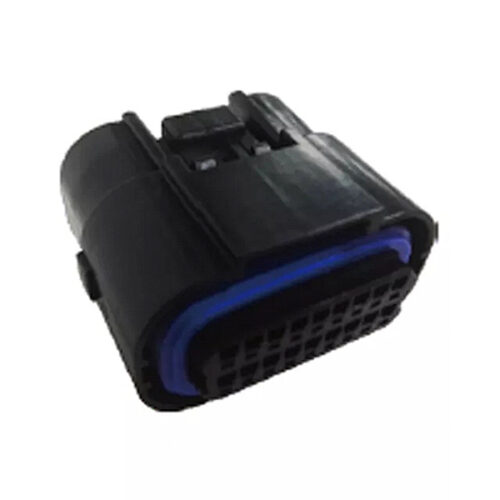
Signal connector-waterproof, double row, 18/26 core
-
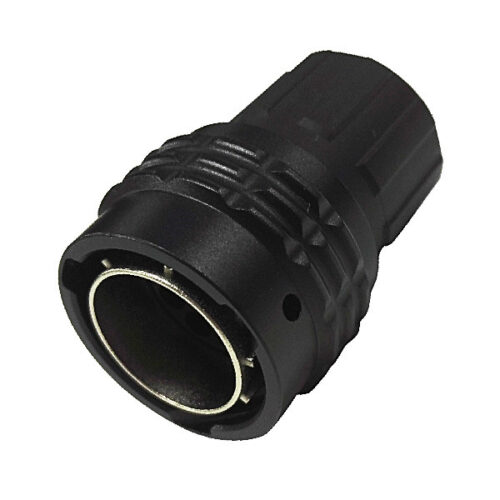
GR Series-8-core 12# circular signal connector
-
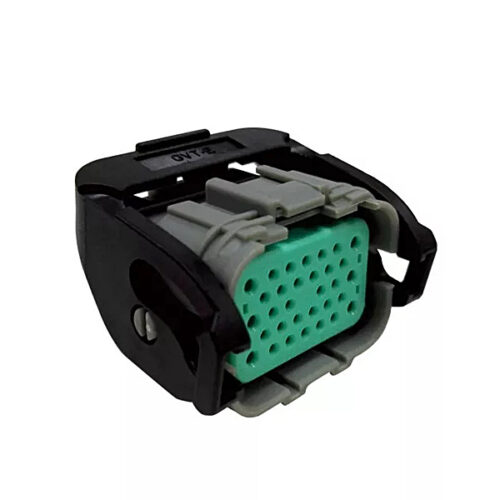
Rectangular connector-32 core
-
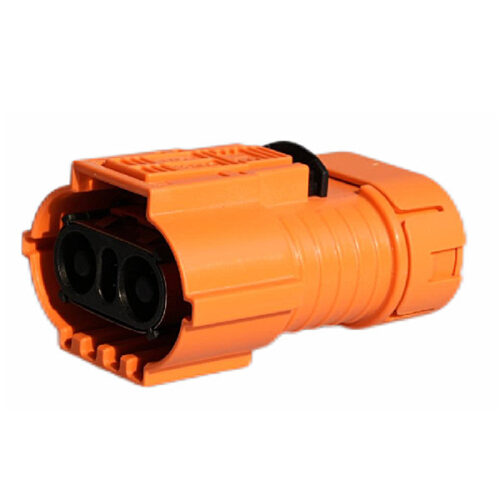
GH Serie-GMV3-2-core plastic high voltage connector
-
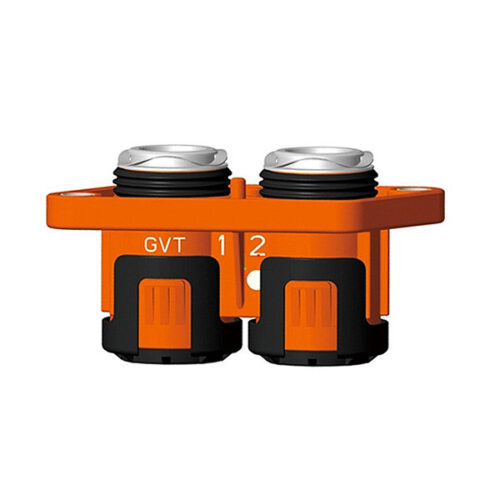
GIPT two-core wiring connector
-
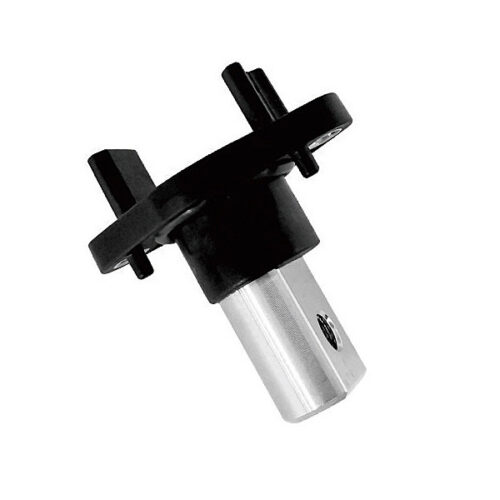
DCDC through-wall terminal – 90°180°
-
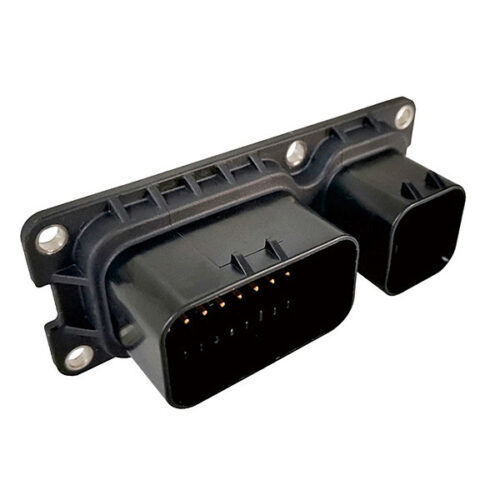
Combination connector-31 core (8+23) socket
-

Photovoltaic connector plug

